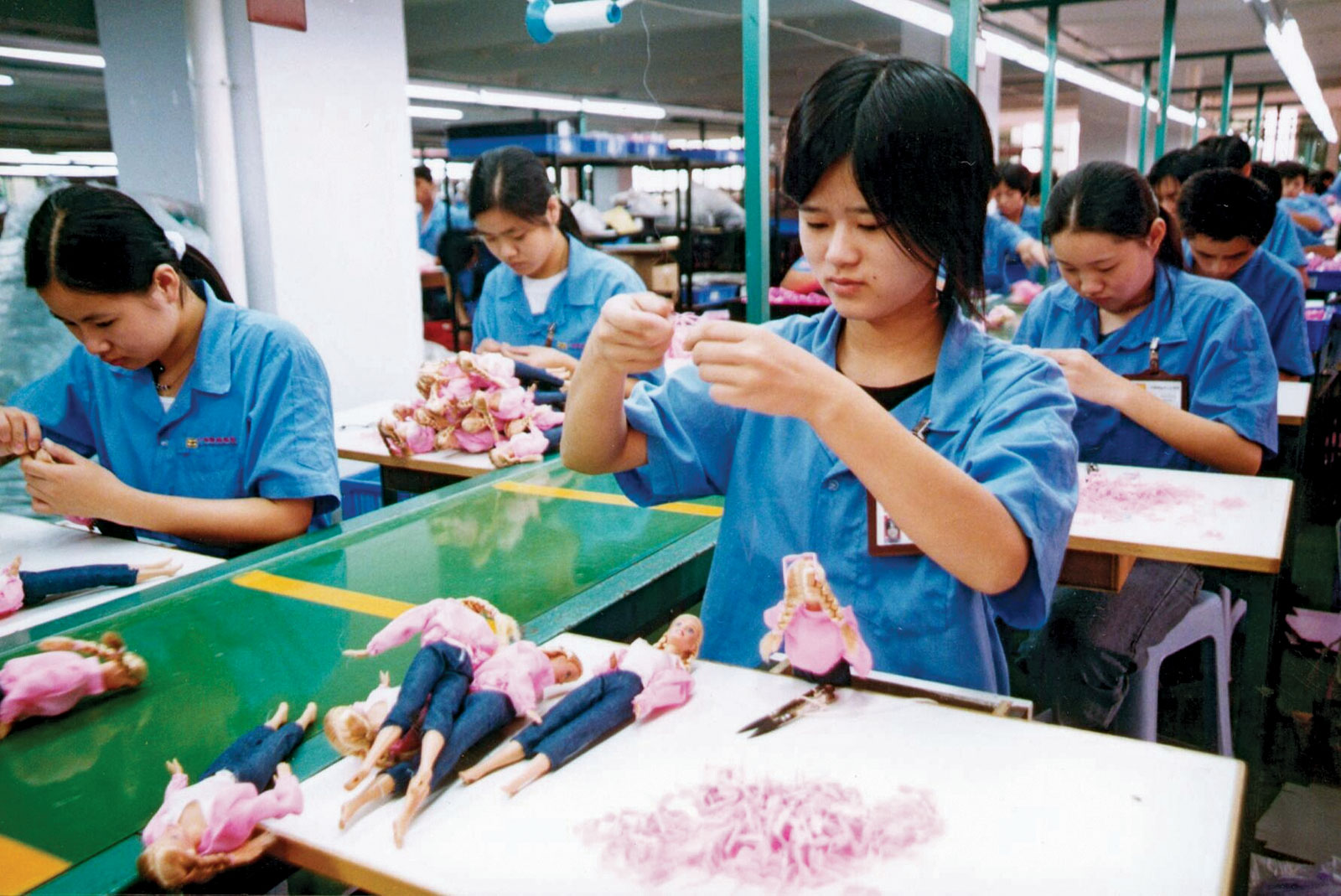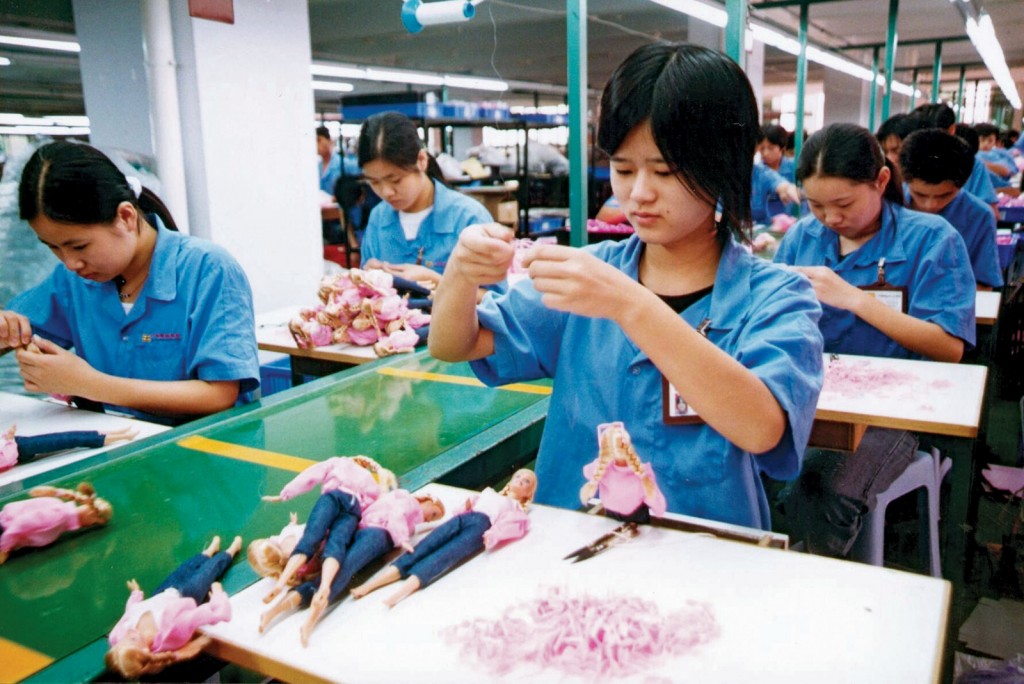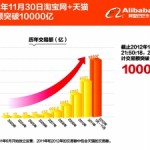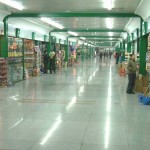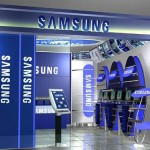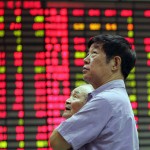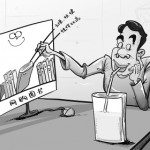Market research: Sourcing in China
There are multiple ways to classify sourcing. It can be classified as government sourcing, firm sourcing, and resident sourcing, online sourcing, or face to face sourcing, or open tender sourcing. In fact, nearly all daily life transactions can be called sourcing. It precedes any production process or consumption process. The level of purchasing will influence the cost of the production process, the administration and operating process of government, and human resource.
Government purchases
Government purchases in China began in 1998 and the government spent about 10 years reforming the state treasury management system. Now, the value of government purchases is approaching the internationally accepted ratio of 10% of GDP. In 2002, the National People’s Congress of China passed the Law of Government Purchase, but there is still a long way to go.
Enterprise sourcing
Enterprise sourcing can be classified as industrial enterprise sourcing, agricultural enterprise sourcing, and circulation enterprise sourcing. Among enterprise sourcing, there is both raw materials and the final consumption goods sourcing. Enterprise sourcing in China now mainly takes place in three different ways: the traditional non-transparent way; the open tender way; and the electronic way. This field is still abused by many people and more legislation is still needed. Sourcing in China from international companies is an indispensable part of China’s sourcing industry. With the globalization of the world economy, the world’s 500 largest international companies have set up branches in China. At the same time, they have also set up sourcing centers to make purchases for their branches all over the world. Often these purchase centers are set in big cities that have convenient transportation systems, such as Beijing(北京), Shanghai(上海), Qingdao(青岛), Guangzhou(广州), and Shenzhen(深圳). International purchases are usually very high and the number of international companies sourcing in China is increasing at a fast pace. The international trade company, Gemex, under the wholesale giant, Metro, makes two billion dollars worth of purchases in China every year . As early as the year 2002, these purchasing centers together were buying 30 billion dollars worth of outsourced goods and this number rose to over 50 billion dollars in 2005. In 2002, Walmart alone spent 12 billion dollars on sourcing, Dell spent 3.5 billion dollars on sourcing; Motorola spent 1.6 billion dollars on sourcing, and Ford 1 billion. Giants like Carrefour Philips, General Electric Company and Siemens also took part. Even United Nations was also sourcing in China.
China sourcing systems’ problems
There are still many problems with the sourcing industry in China. There is not enough communication between the suppliers and their customers. In addition, the quality control system is unorganized and there are often disputes if customers are unsatisfied with the quality of the products. Partnerships among suppliers and buyers are often short-lived as relationships are less valued than the competitiveness of a supplier’s price and quality.
Daxue Consulting Market Research in China
Sources:
Picture Source: China toys manufacturing


